The new XPG Nia handheld console is capable of foveated rendering
The new handheld is set to be released in 2025.
3 min. read
Published on
Read our disclosure page to find out how can you help Windows Report sustain the editorial team. Read more
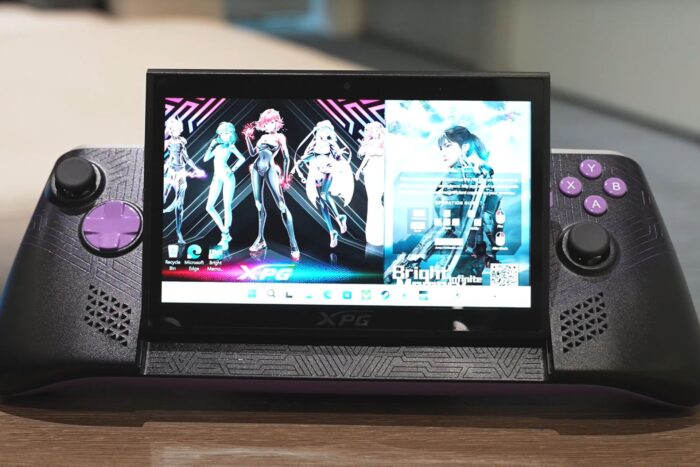
In the fast-paced realm of tech and gaming, where the hunt for new ideas never seems to halt, Adata has made its presence known with an intriguing new product. Remember the new XPG Nia handheld we covered some days ago?
Well, the company displayed the XPG Nia at Computex. It is a handheld gaming PC that doesn’t simply join an already-filled marketplace as another participant.
Now, we have the eye-tracked foveated rendering and swappable DRAM as its special features. These characteristics will greatly improve playing games on portable gadgets. But let’s look more closely at what makes this device interesting.
Foveated rendering takes inspiration from the VR universe. It employs eye tracking, where only the part of the screen you are looking at is rendered in high resolution, and peripheral areas are displayed in lower resolution.
This smart method saves computer ability and could improve performance. The XPG Nia uses this technology with the help of a front camera, which is quite a unique feature for handheld gaming devices. But there is one thing to note.
Because this device’s screen is held at a distance from your eyes, that’s not as close as VR headsets, and it could be possible that foveated rendering might not have a strong effect on improving performance. It’s an interesting experiment, but will it pay off? Only time will tell.
The XPG Nia has a unique quality that many other handheld gaming PCs lack: it offers upgradeable memory. This means you can switch out the RAM, supporting up to 64GB of LPCAMM2 LPDDR5X RAM. It’s great for long-term use and adjusting performance, as this kind of customization isn’t common in devices for portable gaming.
Inside, the Nia runs on an AMD Zen 4 Phoenix APU. This shows that it adopts new and advanced processing tech for better performance but with a special touch on its design and function.
The tool also has a tiltable display, which is good for ergonomics and might help with cooling, too. This shows attention to both comfort and performance aspects.
But consider this idea: because of its creative elements, the XPG Nia is more than just a device for playing games. It provides us with a sneak peek into what handheld gaming might look like in the future, where adaptability and efficiency are equally important.
This tool is scheduled to be launched in 2025, and although details about its cost have not yet been revealed, enthusiasm for it is already gaining momentum.
The part about the modding community is thrilling. Adata wants to release 3D design files and pinout details, motivating users to make their own cases or add-ons. This “circle computing” method not only lengthens the product’s lifetime but also offers a realm of modification and originality.
For the future, XPG Nia is a daring advancement in handheld gaming PCs. It aims for top performance and user adaptability, breaking existing norms and prompting us to envision more flexible and involved gaming experiences. How will it compete against Asus Rog Ally X, Steam Deck, Legion Go, or even the new Xbox handheld reportedly in the works?
But will it manage to disrupt this market? That remains to be seen, but it’s a device worth watching.

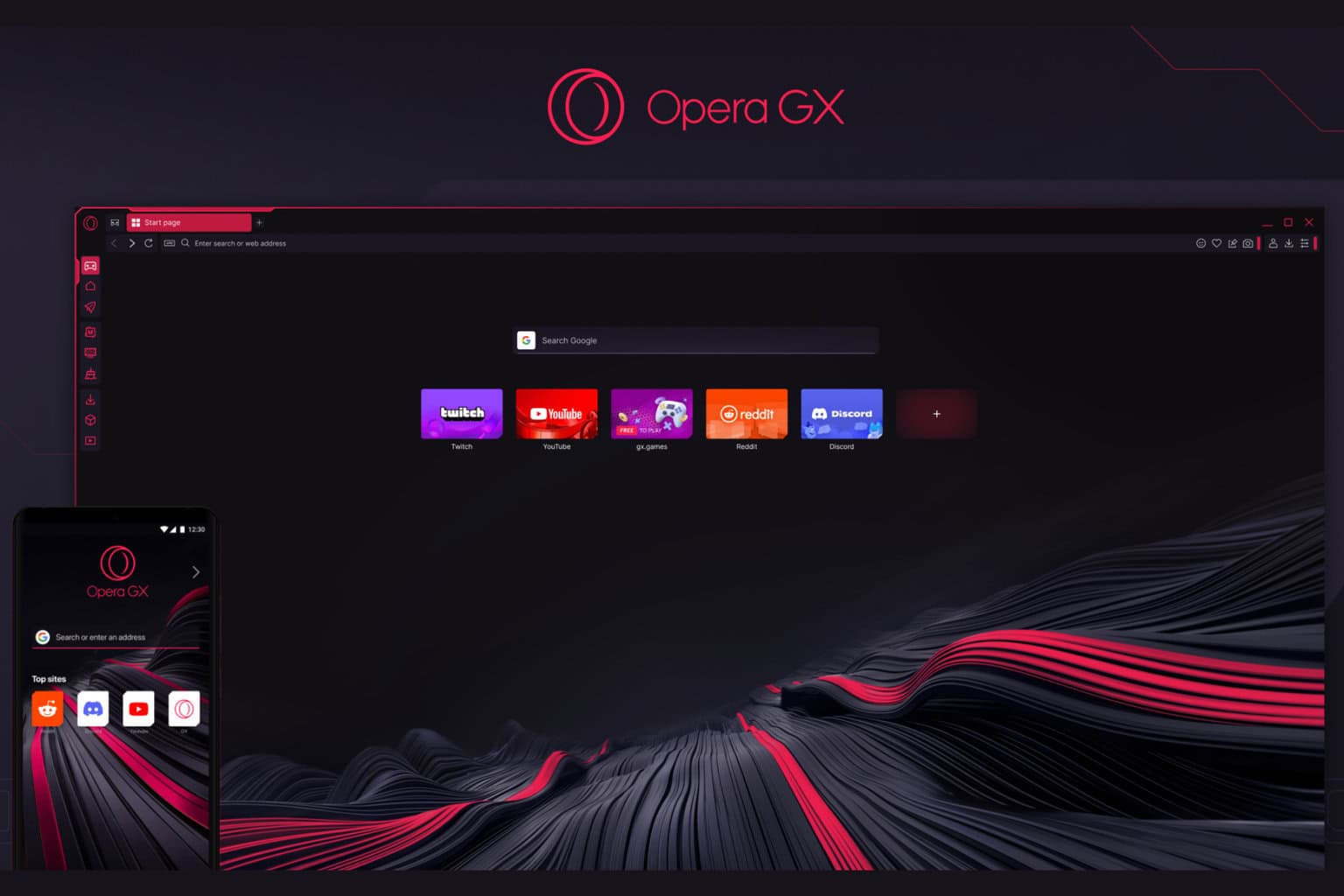


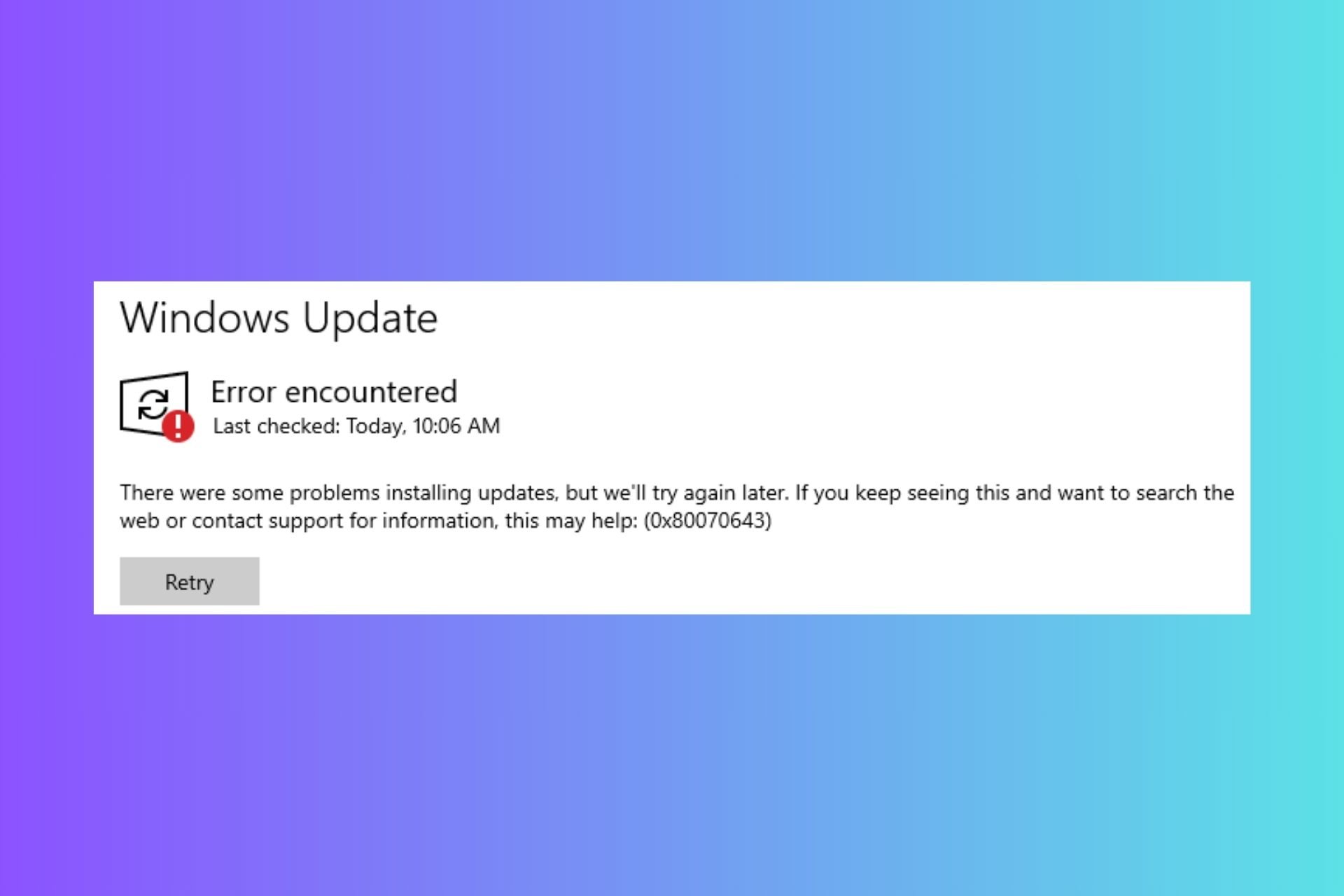
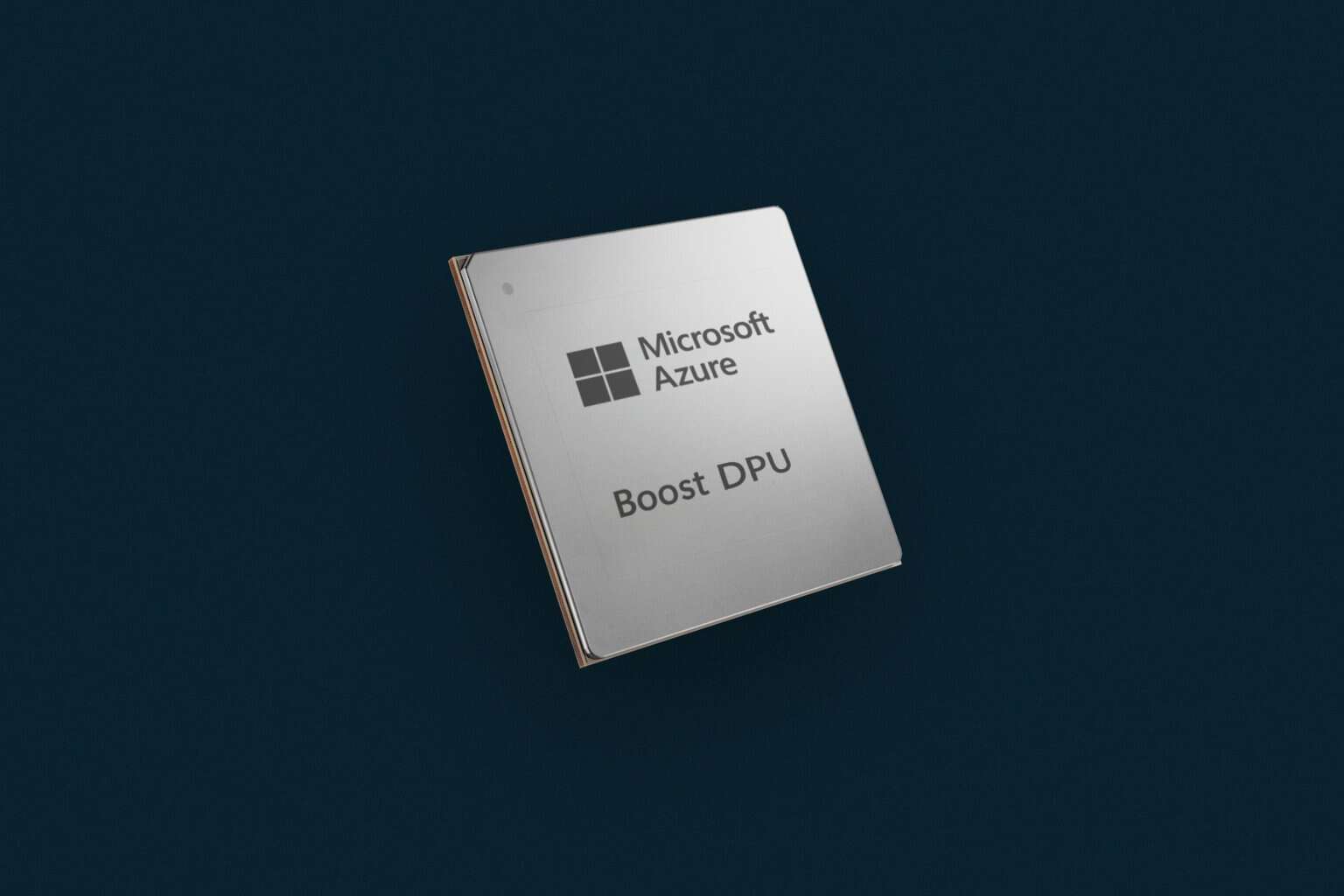
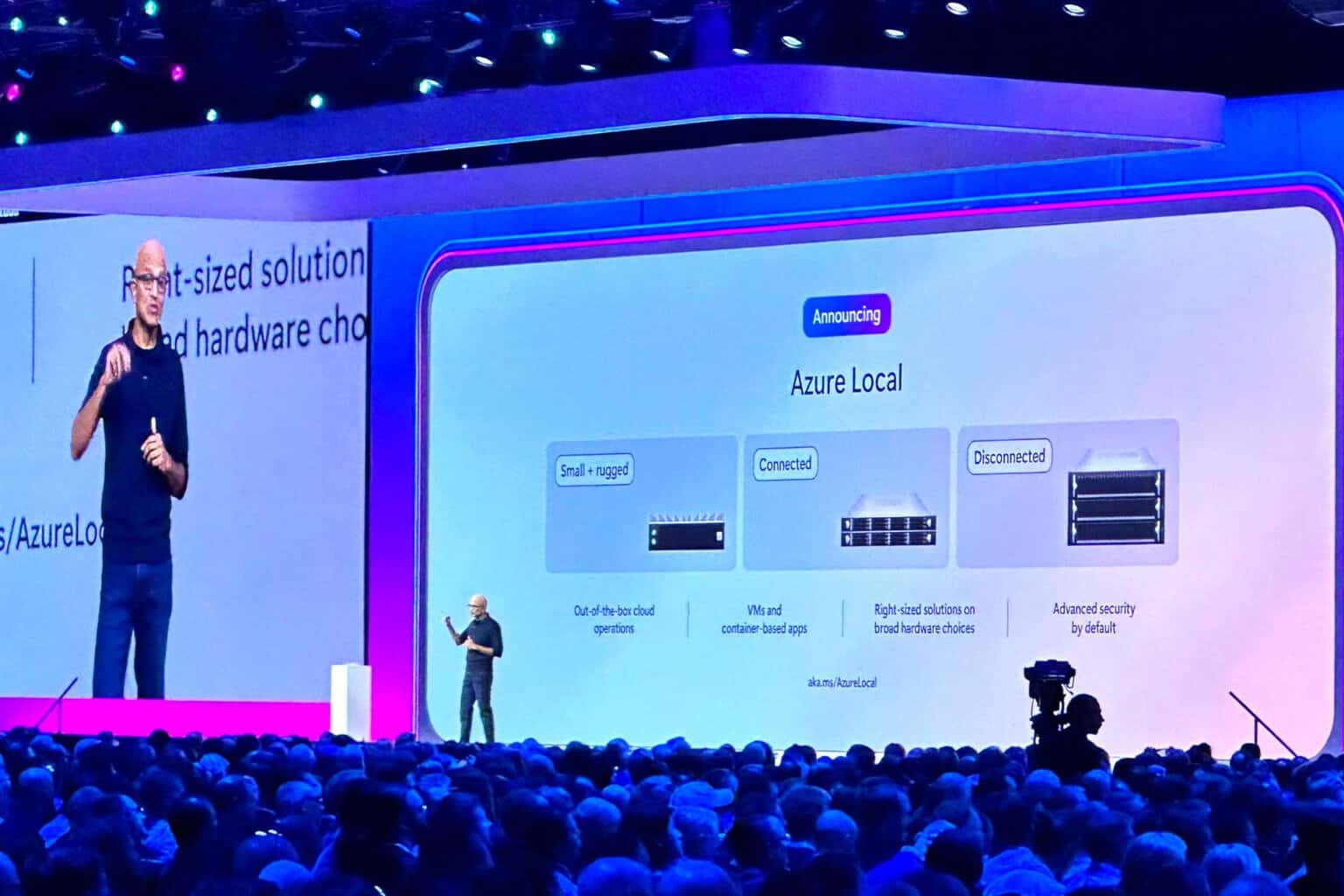

User forum
0 messages